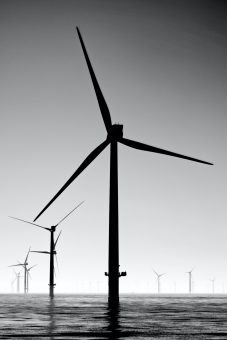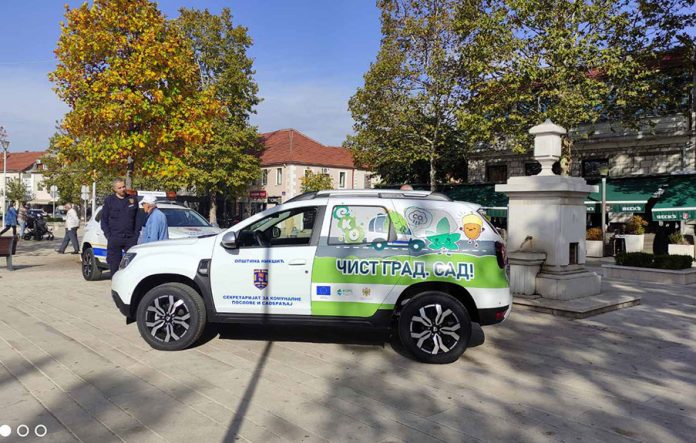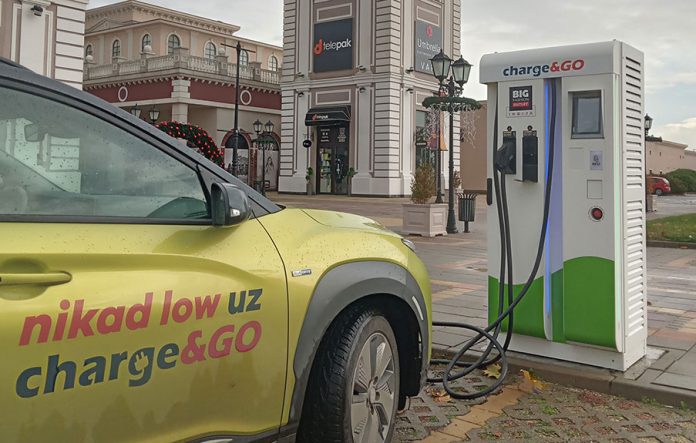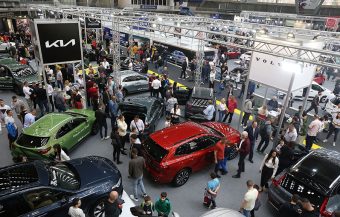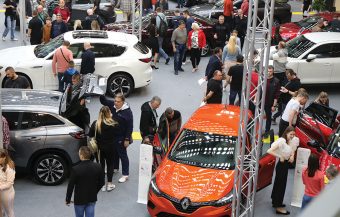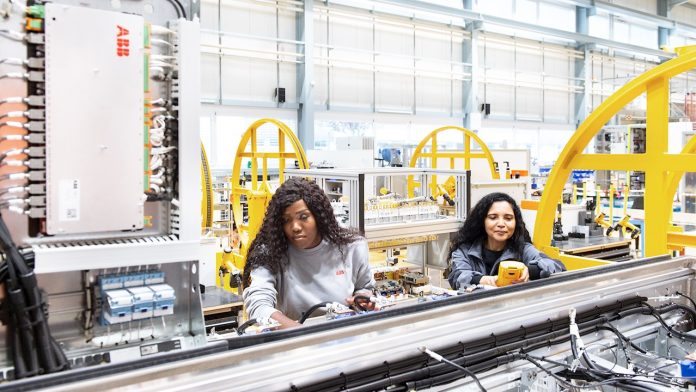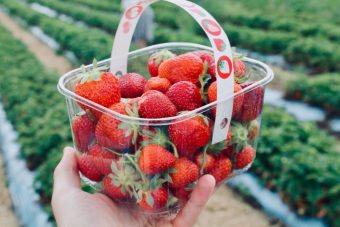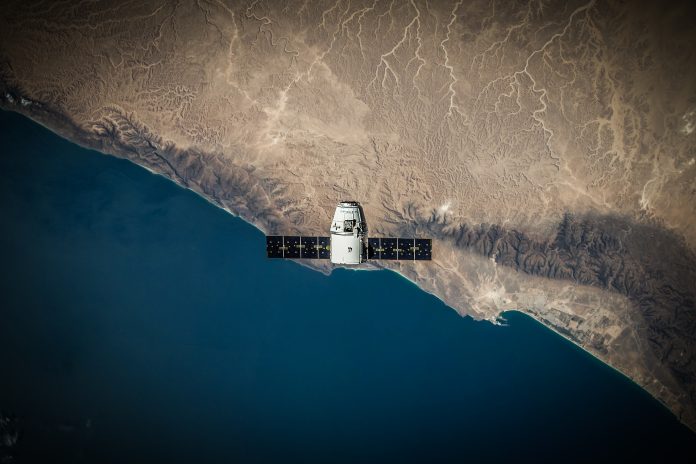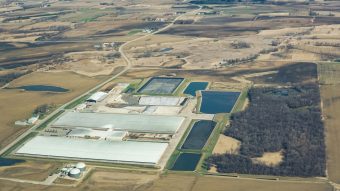
Two years ago, an offshore wind farm was commissioned in Italy, a significant development since this was the first such project in the Mediterranean basin.
Now, Italy plans to build a large floating hybrid power plant in the Gulf of Taranto, which will produce electricity from two renewable sources – wind and sun.
As for the capacity of this hybrid power plant, the solar segment will have an installed power of 120MW, while the 28 wind turbines will add another 420MW, which makes a total of 540MW, according to Italian media.
As reported, the floating hybrid power plant will be commissioned in 2028 and estimates are that it will produce more than 160GWh annually.
MORE:
- CLEAN TECHNOLOGIES REDUCED THE GROWTH OF GLOBAL CO2 EMISSIONS
- HOW WILL BARCELONA FUND THE INSTALLATION OF SOLAR PANELS ON SCHOOLS?
- CROATIAN ENERGY MIX – RENEWABLE SOURCES EXCEED NON-RENEWABLES AND NPP KRSKO
Following events that have affected almost the entire planet, such as the COVID-19-induced crisis and the events in Ukraine, Italy has drawn up a recovery and resilience plan, which was last updated on December 8, 2023. One of the measures is the simplification of the procedure for issuing permits for the construction of renewable energy sources, as a token of the country’s effort in increasing the use of clean energy.
Italy occupies third place on the list of the most successful solar markets in the European Union in 2023, with 4.9GW of installed power. Moreover, the country is one of the fastest-growing EU markets, which is also shown by the fact that it doubled its clean energy market growth compared to 2022.
In addition to solar and wind energy, geothermal and hydropower are the main sources of renewable energy in Italy.
Energy portal



